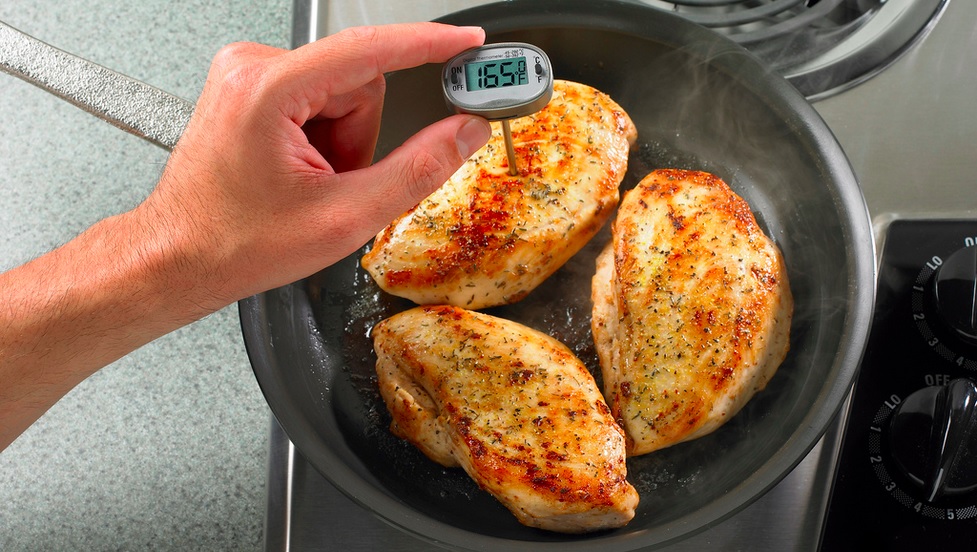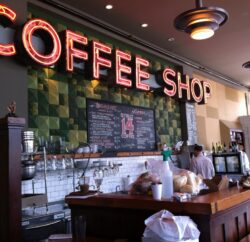There are many problems that restaurants must deal with, including a need for more qualified workers, rising food prices, and more competition. The pressure is on to accomplish more with fewer resources while also retaining staff, providing happy workers, and ensuring that customers have a pleasant experience so that they will return and increase sales.
So where can restaurants find a competitive advantage to overcome these challenges? Automating back-of-the-house tasks like temperature monitoring can benefit staff, patrons, and management while assisting restaurants in thriving in the current business environment. Here are the amazing perks of a restaurant temperature monitoring system:
Food Safety
Automated temperature monitoring saves time and helps guarantee food safety for restaurants. With such a system, it is easy to discover unsafe food and eliminate it immediately to avoid consumption. For instance, a 24/7 temperature sensor can provide alerts in case of temperature changes allowing workers to take proactive measures to prevent food spoilage.
Eliminate product loss
Restaurants can avoid costly product loss caused by equipment breakdowns overnight or between shifts by continuously monitoring freezers, walk-in coolers, and other equipment and receiving real-time alerts for any system breach. The capacity to constantly monitor temperatures and enable corrective steps to reduce food loss and spoiling can significantly impact a restaurant’s meager profit margins.
Actionable data to boost operations
Data gathered through automatic temperature monitoring can be used to plan and enhance restaurant operations. For instance, the system may monitor when refrigerators break down across hundreds of stores, providing a restaurant chain with information to help forecast how long (on average) a refrigerator will live. Through this information, businesses can take corrective action to stop a problem in its tracks by letting them know when to repair a refrigeration unit before it breaks down.
Additionally, regularly tracking the performance of a refrigerator, fans, or other pieces of equipment over its lifetime can assist in anticipating when it would require periodic maintenance, extending the equipment’s lifespan, and providing valuable estimates on annual maintenance.
Eliminate human errors
Kitchen staff always make mistakes in restaurants. Perhaps they neglected to monitor the temperature of reach-in drawers and walk-in refrigerators, took food temperatures incorrectly (or not at all), or unintentionally left the walk-in cooler door open, leading food temperatures to rise to unsafe levels. These errors can be costly regarding pricey product loss and severe foodborne illness.
In addition, the real-time data produced by an automated temperature monitoring system improves data correctness (manual logging is subject to human mistakes, which increases risk) and makes it easier to submit inspection reports or comply with food safety laws.
Save costs
Finally, costs might decrease due to time savings and reduced waste. Given that “time is money,” quick-service restaurants can save significantly by having personnel spend less time performing manual chores like checking refrigerators several times daily.
Additionally, it takes a tedious chore off an employee’s “to-do” list, making their work more fun and less stressful during busy and peak shifts. It might even aid in decreasing employee turnover, which over time, aids in lowering the time and expense associated with recruiting and training new staff.
For more ways you can practice the best food safety at your restaurant, please see the resource below to identify germ hotspots in your restaurant.
Provided by FOG Tank – heated soak tank for sale













